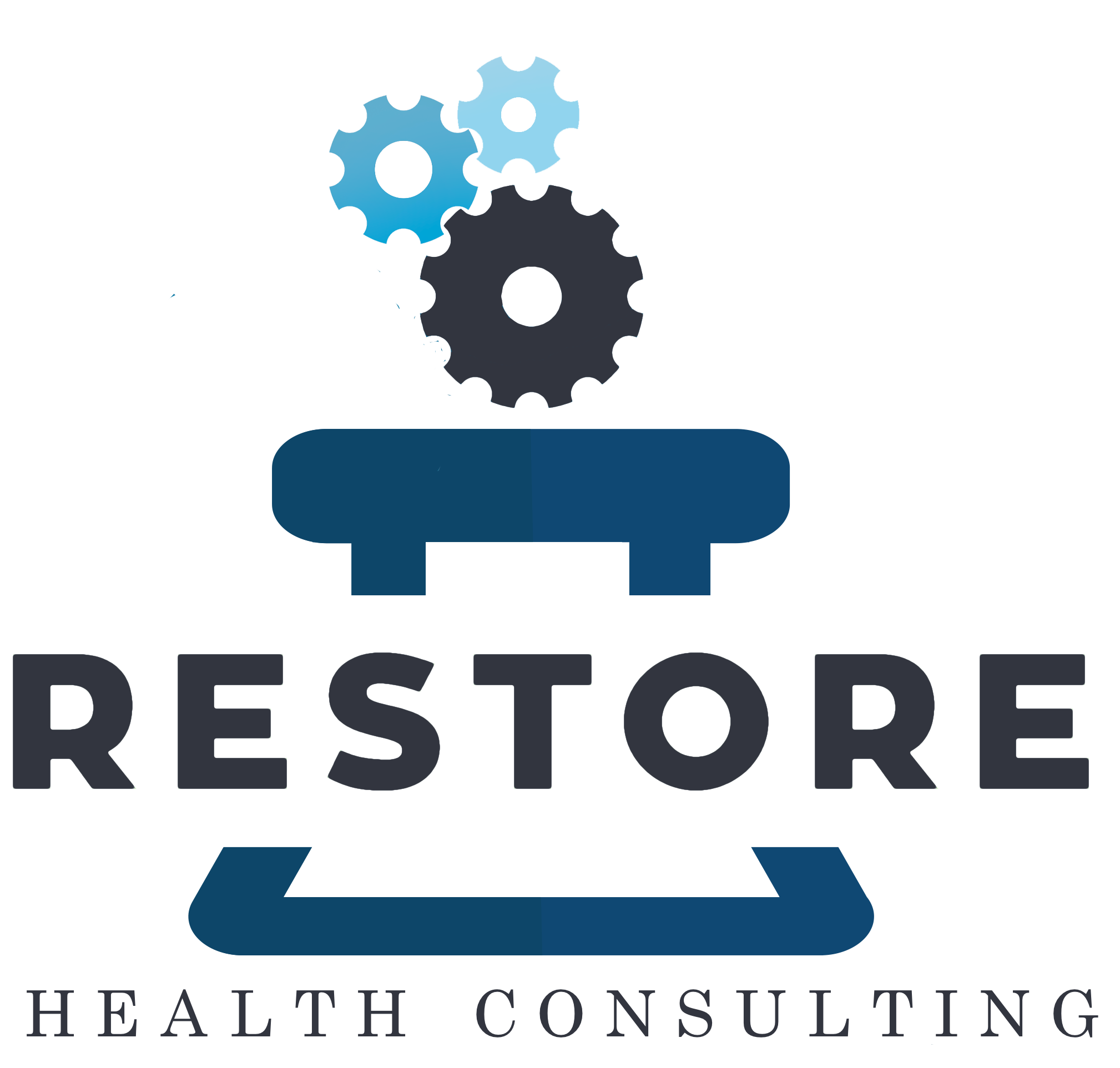How Will the 2021 Proposed Revisions to USP <795> Affect Your Beyond Use Dates?
Establishing Beyond-Use Dates is arguably the most talked-about and reviewed section of the 2021 proposed USP 795 revisions. It discusses BUD limits by type of preparation in the absence of a USP compounded preparation monograph or CNSP-specific stability study. Generally speaking, the BUD default limits were not changed from the 2019 remanded chapter but the committee provides rationale as to why these limits are being proposed. One such rationale is the concept of water activity.
Water Activity Concept
The term water activity helps one determine if a compound is considered aqueous or non-aqueous. Aqueous dosage forms are defined as having a water activity of greater or equal to 0.6 and have an abundance of free or available water. Emulsions, gels, creams, solutions, sprays or suspensions with a 0.6 water activity or greater all fit in to the aqueous dosage form category. USP has categorized aqueous dosage forms into non-preserved and preserved formulations. They are given shorter BUD limits than non-aqueous dosage forms because aqueous dosage forms are more reactive (e.g., participate in hydrolytic reactions) and support microbial growth.
Non-aqueous dosage forms have a water activity of less than 0.6. These include oral liquids and other non-aqueous formulations including capsules, tablets, granules, powders, suppositories, troches, topicals, etc. with less than 0.6 water activity. Oral non-aqueous liquids are assigned a 90-day BUD limit and other non-aqueous forms are assigned a 180-day limit. Liquids get a shorter limit because degradation kinetics happen faster than solids and semisolids.
Note that there is no requirement to test a preparation for water activity in the newly proposed USP 795 chapter. Table 3 of the chapter describes commonly compounded dosage forms that have already been tested for water activity so a facility doesn’t generally need to perform this test, but does need to abide by these classifications. If a pharmacy is preparing a dosage form that is questionable in terms of water activity, it is recommended to test it to assign an appropriate BUD.
Exceptions to Assigning the BUD Limit
It’s important to remember the BUDs listed in USP are maximum limits, not defaults. There could be reasons why a pharmacy wouldn’t automatically assign the USP BUD limits for a formulation. Compounding with drug components that have a shorter BUD or expiration than the finished compound, for example, must be assigned a BUD that reflects the shortest BUD of any component used. Additionally, if it is known that a preparation is prone to rapid degradation, it is not advised to label the compound with the USP default BUD limit.
Extended Beyond Use Dates
For pharmacies wanting to assign an extended beyond-use date to a compound, the committee concluded after much deliberation and assessment that stability indicating methods are required to establish an extended BUD. Potency over time testing doesn’t differentiate from the compound of interest from degradants and excipients. Interestingly, even if a pharmacy were to conduct a stability study on a compound, they will be limited to 180 days maximum beyond-use dating, even if it is studied to be stable for longer than this timeframe. The cap on BUD assignments was placed for a variety of reasons but mainly because compounds in a 503A setting are prepared for a specific patient intended for immediate administration or following short-term storage. Additionally, pharmacies and hospitals do not have to follow the heightened quality standards that 503B outsourcing facilities or pharmaceutical manufacturers must follow. Moreover, the stability studies pharmacies conduct are not as rigorous as those conducted in GMP settings. It is for these reasons that the committee put a cap at 180 days for extending the BUD.
Also, for aqueous non-sterile compounds, an antimicrobial effectiveness test must be conducted at least at the end of the proposed BUD in order to extend it. This is to validate that the preservative system is still working and the preparation doesn’t become contaminated within its lifecycle. Recall that aqueous preparations (e.g., those that have a water activity equal to or above 0.6) provide an environment where microbes can proliferate. It’s not uncommon for preservatives to be inactivated by a pH change or by reactions that can occur with the preparation or container closure system. Therefore, antimicrobial effectiveness testing is an additional requirement in extending the BUD for this type of preparation.
Need Help With BUD Assignments?
Pharmacies and 503B Outsourcing Facilities seeking to assign extended beyond-use dates to their compounded preparations need adequate scientific justification to do so. Designing and executing a robust stability study is the gold standard in establishing confidence that a particular compound meets its labeled quality attributes throughout its lifecycle. A qualified 3rd-party analytical laboratory can happily conduct the tests you tell them to do, but a poorly-designed stability study may not stand up to regulator requirements. Consultants at Restore Health Consulting can help design a stability study for a compound, facilitate regular communication and results-review with a lab, and write a justification for the final beyond-use date assignment.

